“Workflows" are a major part of Jira. Workflows help you track the statu, and oversee the progress, of work within your Projects. This lesson takes you through what workflows are and what they are made up of.
What follows takes you through the set up of a workflow and how to use them. This will help you with tracking work progress and ensure that you have clear visibility of what's in progress, what's completed and what's still to be done.
At its heart, a workflow in Jira is the path, through a defined set of “Status" values, that your work takes from start to finish. Your workflows should model your real life work process. So you could think of it as a map showing all the possible routes a piece of work can take through your team's process.
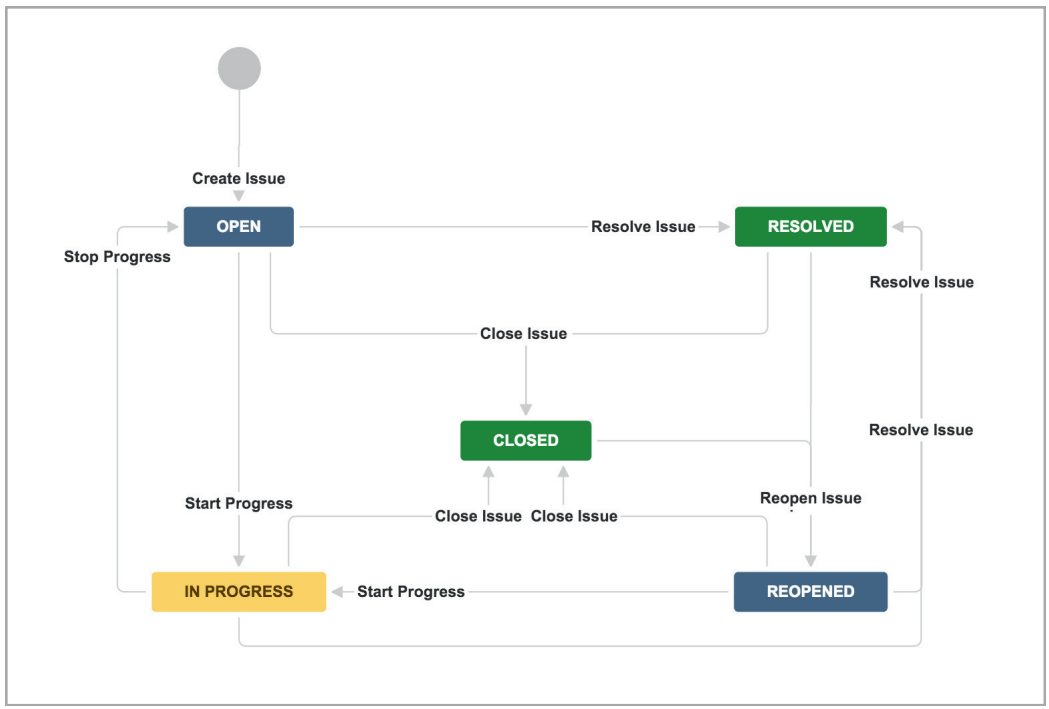
If you study the above diagram for a bit you'll notice that there are two core elements to a workflow
Every Jira Issue will have a current status value. When you change that Status value (e.g. from To do to In Progress) it will Transition from the old status to the new status.
Every issue in Jira has a status that tells you where it stands in your workflow. In a Workflows simplest form, work might move through three basic stages:
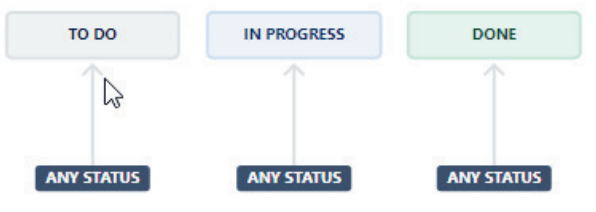
However, as your business processes become more complex the Jira workflow that represents your processes can become quite complex too. Which means you go from just have 3 or 4 status values to having 5, 6 or more status values.
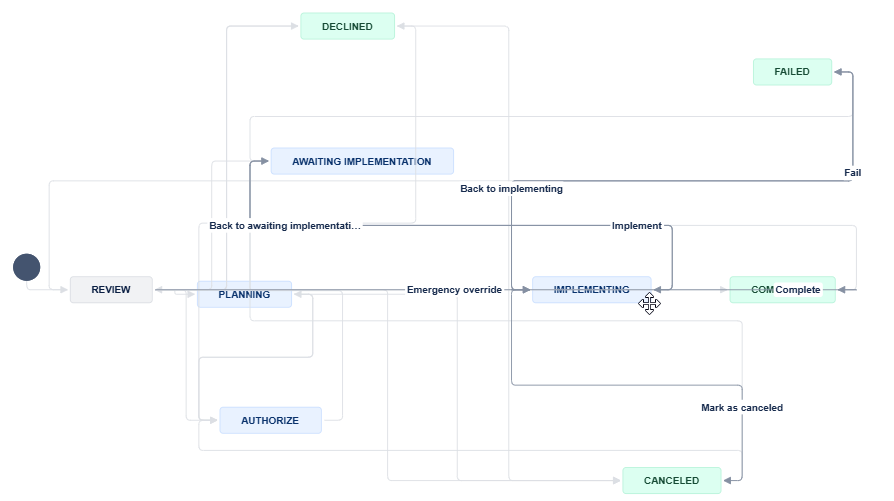
As the number of status values increases so does the number of potential transition paths between status values. This can get very complex very quickly. Just remember though, all you're aiming for is to, customise these status values and transitions to match how your team actually works.
A transition is simply the movement of an issue from one status to another. For example, when you start working on a task, you're transitioning it from “To Do" to “In Progress." While this sounds simple, transitions are powerful because they let you:
You will see in the workflow diagrams above that a transition is named with a description that represents “what happens" when an issue status moves from one status to another. For example when moving from “Open" to “In Progress" the transition is given the name of “Start Progress".
One of the most powerful features of Jira is the ability to customize workflows for different types of work.
So for different “Issue Types" you can have different “Workflows". This matters because you might have type of work for fixing “bugs" and another type of work for implementing a “feature". Your “bug" workflow could be completely different to your “feature" workflow.
For example:
Coupled with this is Jira's ability to have different issues types, in different projects, with different workflows. Again, whilst all your projects might have an “issue type" of bug, some projects may need “bug" issues types to have slightly different workflows. This sort of capability is what makes Jira so configurable.
While statuses show where work is, transitions define how work can move between statuses. Think of transitions as the bridges between your status values. Here's what you need to know about transitions:
The simplest transition setup is just to allow “Any Status" to transition to a specific status. This is shown in the simple workflow diagram below.
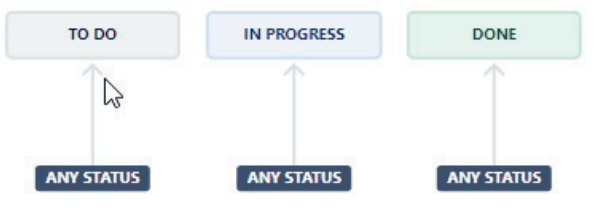
Essentially in this setup everything can transition to everything. If you want to be more specific though you can configure specific transitions that are allowed. This is shown in the slightly more complex workflow below.
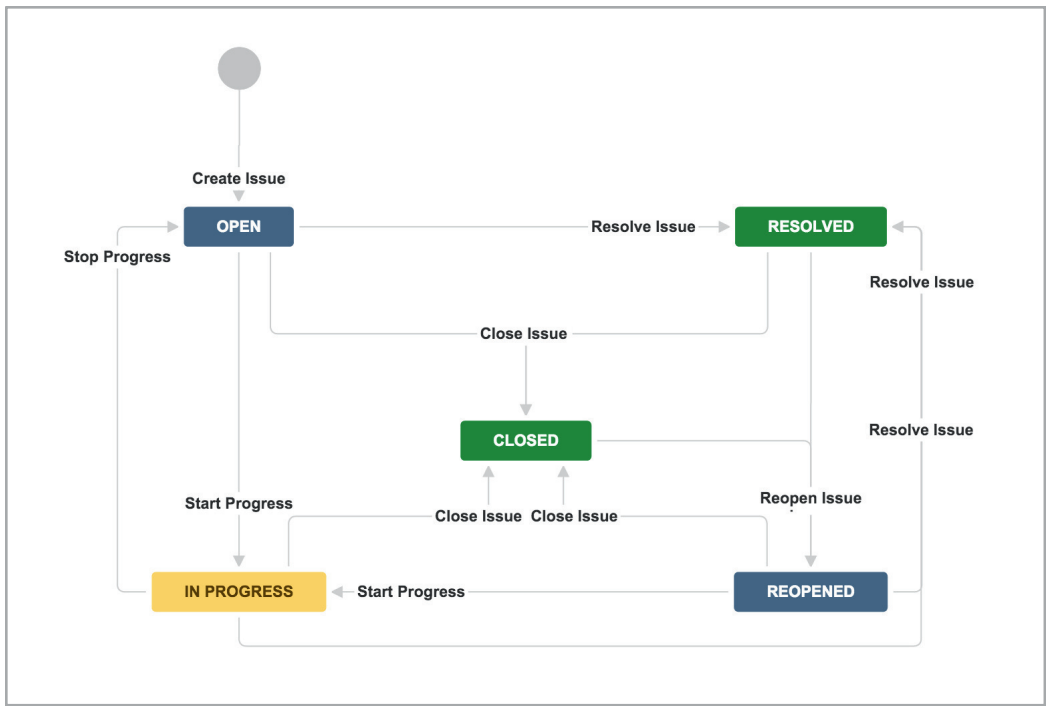
In this example you can see that we have a “Resolve Issue" transition that moves an issue from Open to Resolved. Notice too that a Resolved issue can not transition back to Open (it has to transition through the “Reopened" status).
Let's look at how workflows actually help in day-to-day work:
There are several ways to change an issue's status:
You can even setup automations to transition issues automatically. For example you might have an automation rule that automatically transitions an issue from In Progress to Open if it hasn't been updated in over a week. Automation is a topic for another day though.
Workflows aren't just about moving work around – they provide valuable insights. They allow you to:
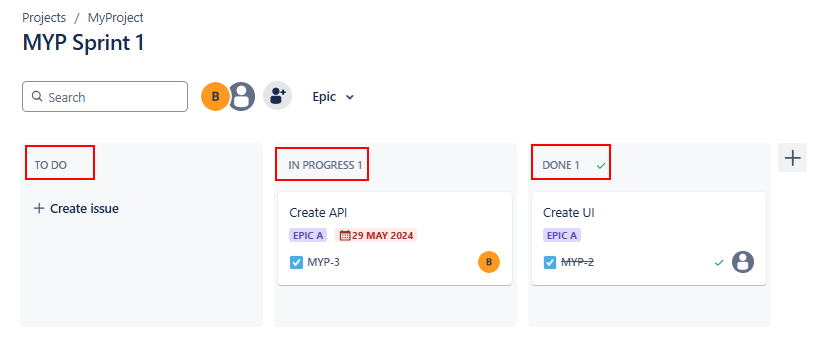
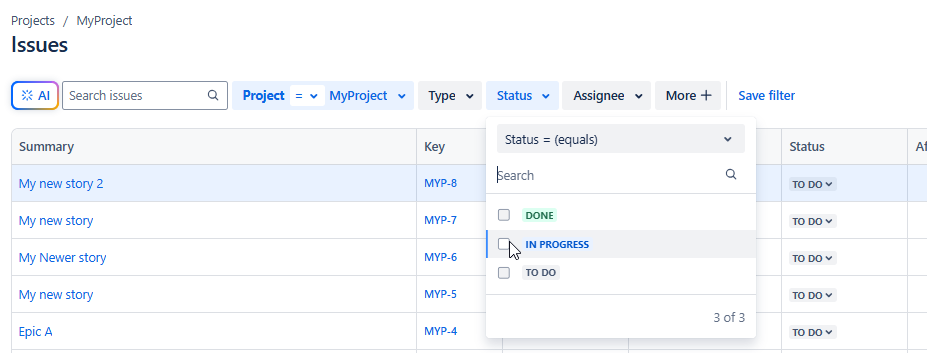
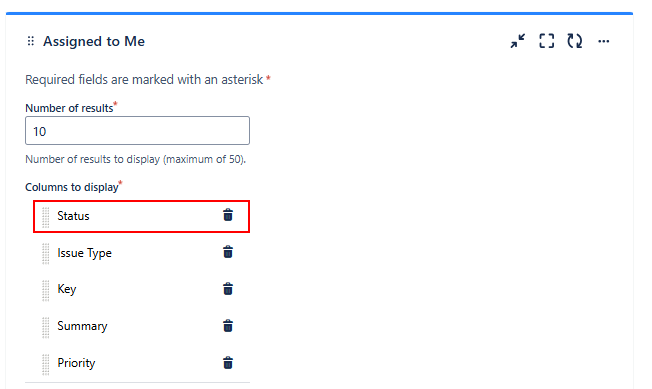
Workflows are fundamental to Jira and fundamental to tracking your work progress. Get them right and it'll really help. Get them wrong and you'll just frustrate your team. Here's some pointers to help you get them right:
Don't forget that the right workflow will have a big impact on user adoption and the acuracy of the data that you're using to make decisions.
Once you understand the basics of workflows, you can start thinking about:
These are some of the more advanced topics that we'll look at in future videos.
Understanding workflows is crucial to making Jira work for your team. They're the backbone of how you track work that's being undertaken in your projects. Getting them right can make the difference between Jira being a helpful tool and a hindrance.
Remember, the goal of a workflow isn't to create the most complex system possible – it's to make it clear and easy for everyone to understand where work stands and what needs to happen next. Start simple, adjust based on feedback, and let your workflows evolve as your team's needs change.
In the next video, we're going to have a look at another core concept, which is components and versions. This is another powerful way to group, organize, filter and search for issues within Jira.